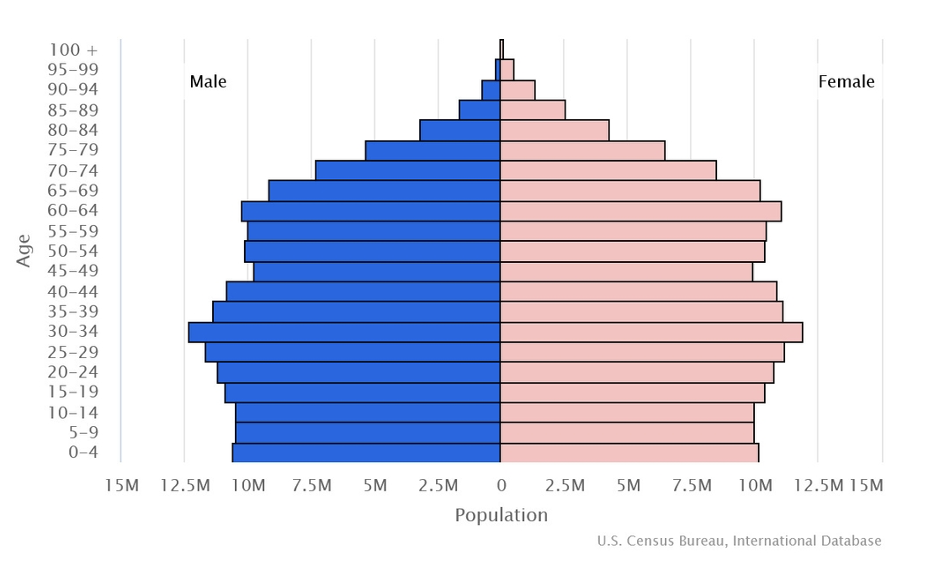Introduction
In a world that is increasingly connected through digital communications, governments, businesses and military organizations face a growing threat from cyberattacks and electronic espionage. Highly secure networks are essential not only for military operations, but also for the protection of critical infrastructure, corporate data and diplomatic communications. Reliable and tap-proof communication is therefore a basic requirement for national and economic security.
Why high-security communication is crucial
Modern defense and security architecture relies heavily on stable, tap-proof and tamper-resistant communications. Inadequately protected networks can have catastrophic consequences, including:
- Cyberattacks on critical infrastructure – Governments and businesses are constantly exposed to threats from state-sponsored cybercriminals who infiltrate communication channels, intercept or manipulate data.
- Disinformation and electronic warfare – Targeted attacks on communication networks can spread enemy disinformation or paralyze command and control structures in military operations.
- Industrial espionage and data theft – Companies, especially those in the defense industry or high technology, are vulnerable to espionage by foreign actors.
Key technologies for high-security communication
1. Quantum encryption and post-quantum cryptography
Quantum encryption is considered to be the next big revolution in the field of secure communication. The use of quantum key distribution (QKD) takes eavesdropping security to a new level, as any manipulation of the transmitted data is detected immediately. Governments and companies are increasingly investing in this technology to prevent future cyber threats.
2. Zero-trust architecture for network security
The Zero Trust security model is based on the principle “Trust no one, check everything”. It ensures that every communication within a network is continuously authenticated, authorized and monitored. This minimizes the risk of internal and external threats.
3. Secure satellite communication
Military and security-critical operations often require secure communication over long distances, especially in conflict-ridden or remote regions. Modern, tap-proof satellite communication ensures that encrypted data is transmitted reliably without enemy actors being able to access it.
4. AI-supported cyber defense systems
Artificial intelligence (AI) is increasingly being integrated into high-security communications to detect threats in real time and defend against attacks automatically. AI-supported systems analyze patterns in data traffic and identify suspicious activities before they lead to serious security incidents.
5. Physical security of communication infrastructures
In addition to digital measures, physical security precautions are also necessary. Tap-proof rooms, protected data centers and tamper-proof hardware prevent unauthorized access to sensitive communication networks.
Challenges in implementing secure networks
Although high-security communications are critical to modern defense and enterprise security, there are significant implementation challenges:
- Costs and resources – Setting up and maintaining secure communication networks requires high investments.
- Rapidly evolving threats – Cyber attacks are becoming increasingly sophisticated, requiring security protocols to be continuously adapted.
- Regulations and international cooperation – The harmonization of safety standards and coordination between different players is often complex.
How companies and governments can improve their communication security
1. Investment in advanced encryption technologies
Companies and authorities should invest in post-quantum cryptography and AI-supported security systems to be prepared for future threats.
2. Training and sensitization of employees
Employees are often the weakest link in the security chain. Regular training on cyber threats and secure communication behavior is essential.
3. Integration of redundant communication systems
The use of several encrypted communication channels minimizes the risk of a complete failure due to cyber attacks or technical faults.
4. Stronger international cooperation in cyber defense
Governments and private companies must work together more closely to develop standardized security solutions and defend against common threats more efficiently.
Conclusion
Highly secure communication networks are the key to modern defense and critical infrastructure security. Companies and governments must continuously invest in innovative security technologies to protect themselves against digital threats. The protection of sensitive data and communication channels determines whether organizations remain capable of acting in an increasingly insecure world or are vulnerable to attack. The future of high-security communication is determined by Quantum encryption, AI-supported threat detection and zero-trust architectures – and those who adapt early will come out on top in the long term.



